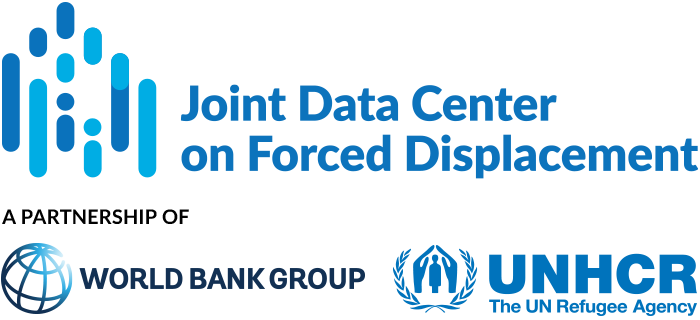This paper examines impact of refugee settlement on social cohesion in Northern Lebanon, a developing country with a history of ethnic and sectarian conflict, where refugees represent about 25 percent of the population. Lebanon captures two important features of...
JDC Literature Review
Health Service Access and Utilization among Syrian Refugees and Affected Host Communities in Lebanon
This paper examines adult health needs, care-seeking behaviors and barriers to health care among Syrian refugees and affected host communities in Lebanon. The analysis is based on a 2015 survey of 1,376 Syrian refugee households and 686 host community households. The...
Syrian Refugees in Lebanon: A Spatial Study
Lebanon hosts the second largest population of Syrian refugees and has the highest per capita population of Syrian refugees in the world. This paper examines the spatial distribution of Syrian refugees across districts in Lebanon and investigates the factors that...
The Mobility of Displaced Syrians – An Economic and Social Analysis
This report analyzes the “mobility calculus” of Syrian refugees through: (a) a review of international experience to identify push/pull factors; (b) an assessment of the conditions faced by Syrians in Syria, Lebanon, Jordan, and Iraq as they relate to these push/pull...
Contested Public Authority in Marginal Urban Areas: Challenges for Humanitarians
In Lebanon and Jordan, the international community is increasingly shifting support from national governments to municipalities, in recognition of the critical role they play in responding to forced displacement, and as part of a broader localization agenda. Large...
Women Refugees, Leisure Space and the City Sarah Linn
The author highlights key findings of her research on Syrian refugees’ gendered experiences of mobility, security and public space in neighborhoods in the cities of Amman and Beirut. A number of intersecting structural and identity issues have combined to create...
Tripoli, Lebanon: A Case Study of Refugees in Towns
This case study examines the impacts of the Syrian refugee influx on Tripoli, with a focus on urban poverty. By January 2017, Tripoli hosted some 70,000 registered Syrian refugees, representing a 17 percent increase in the city population. Prior to the Syrian refugee...
Private Sector Engagement in Refugee Education
Of the 144 non-state organizations engaged in Syrian refugee education in Lebanon, Jordan and Turkey (in the second half of 2016), 32 percent were businesses and 10 percent were foundations. Of these, 77 percent were headquartered in high-income countries and 62...
Does Aid Reduce Anti-refugee Violence? Evidence from Syrian Refugees in Lebanon
Lebanon, a country with a population of 4.5 million, has received more than a million refugees since the outbreak of the Syrian civil war in 2011. The majority of Syrian refugees live in individual accommodation in Lebanese towns. Existing theory and policy debates...
Making Sense of Child, Early and Forced Marriage among Syrian Refugee Girls: A Mixed Methods Study in Lebanon
Although child marriage did occur in Syria before the war (13 percent of girls under 18 married in 2006), forced displacement appears to have increased its prevalence (around 35 percent of Syrian refugee girls/women married before the age of 18). Using a mixed methods...


